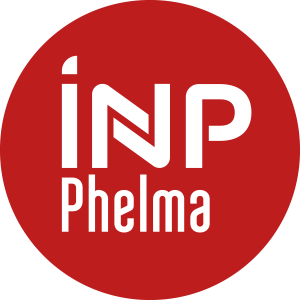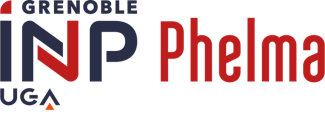Number of hours
- Lectures 0
- Projects 0
- Tutorials 0
- Internship 0
- Laboratory works 28.0
- Written tests 0
ECTS
ECTS 2.0
Goal(s)
Learn modelling of physical phenomenon.
Increase one's knowledge of numerical method to compute partial derivative equations and ordinary derivative equations. Use industrial software for scientific computation (Matlab and COMSOL Multiphysics).
Content(s)
4 hours supervised sessions. The first session is dedicated to a COMSOL Multiphysics tutorial. Then the student work by group of 2 to 3 students on modeling projects.
Different modelling projects are proposed from real industrial (Biomérieux) or lab (CEA) problems (non-exhaustive list) :
- DNA biochip
- Magneto-hydrodynamic and moving fluids
- Modeling the impedance response of a retinal implant
- Morphogenesis (reaction-diffusion equations)
Prerequisites
Numerical method class
Semester 8 - The exam is given in english only 
Normal mode: report (R) and oral presentation (PO)
Distant mode: report
Rapport d'étude : 15 points
Présentation orale : 5 points
N=75%R+25%OP
Semester 8 - This course is given in english only 
- P. LASCAUX & R. THEODOR : "Analyse numérique appliquée à l'art de l'ingénieur"
Edition Masson, 2 tomes - G. DHATT & G. TOUZOT : "Une présentation de la méthode des éléments finis"
Edition Maloine S.A., 2ème édition 1984 - B. LUCQUIN & O. PIRONNEAU: "Introduction au calcul scientifique"
Edition Masson, 1996



